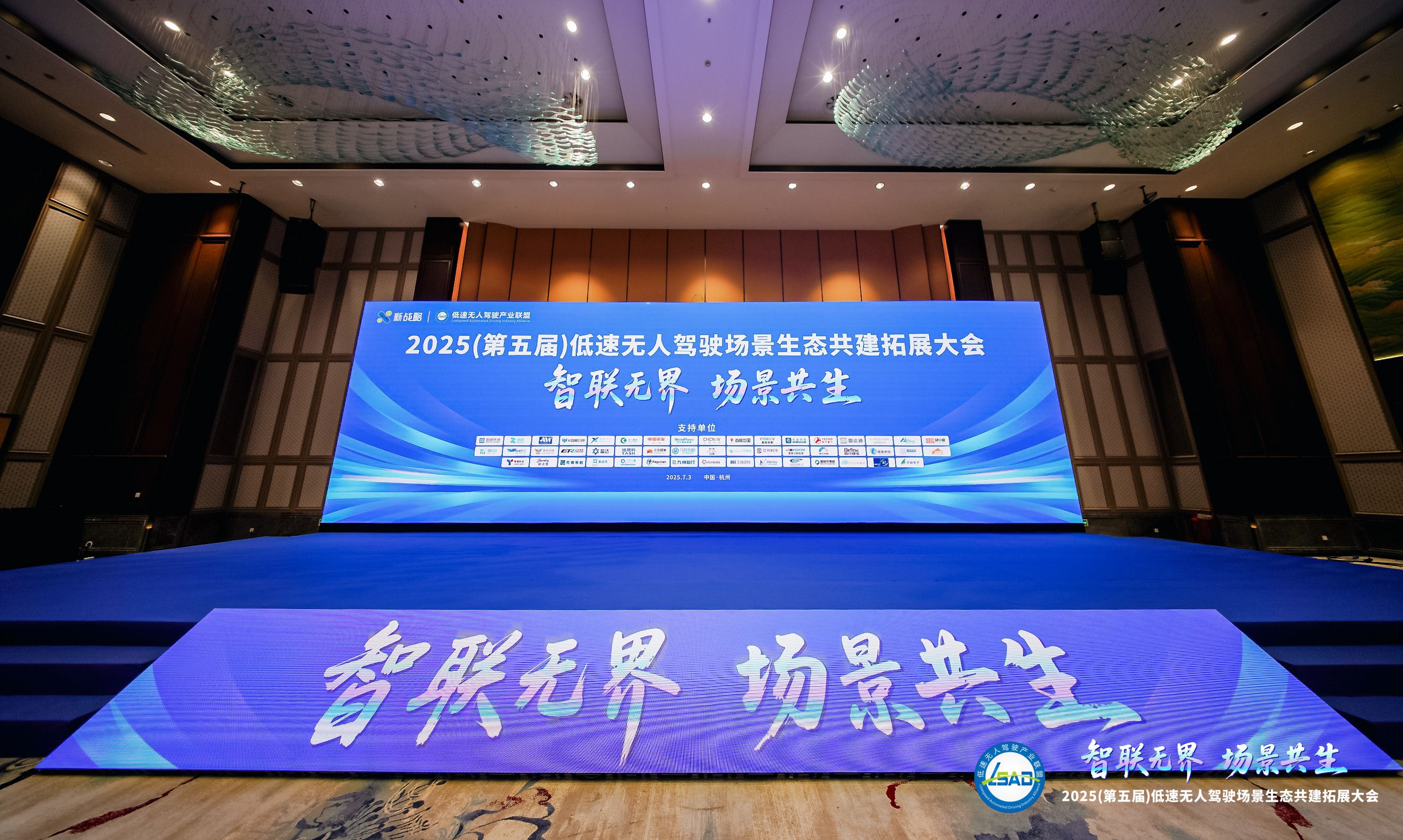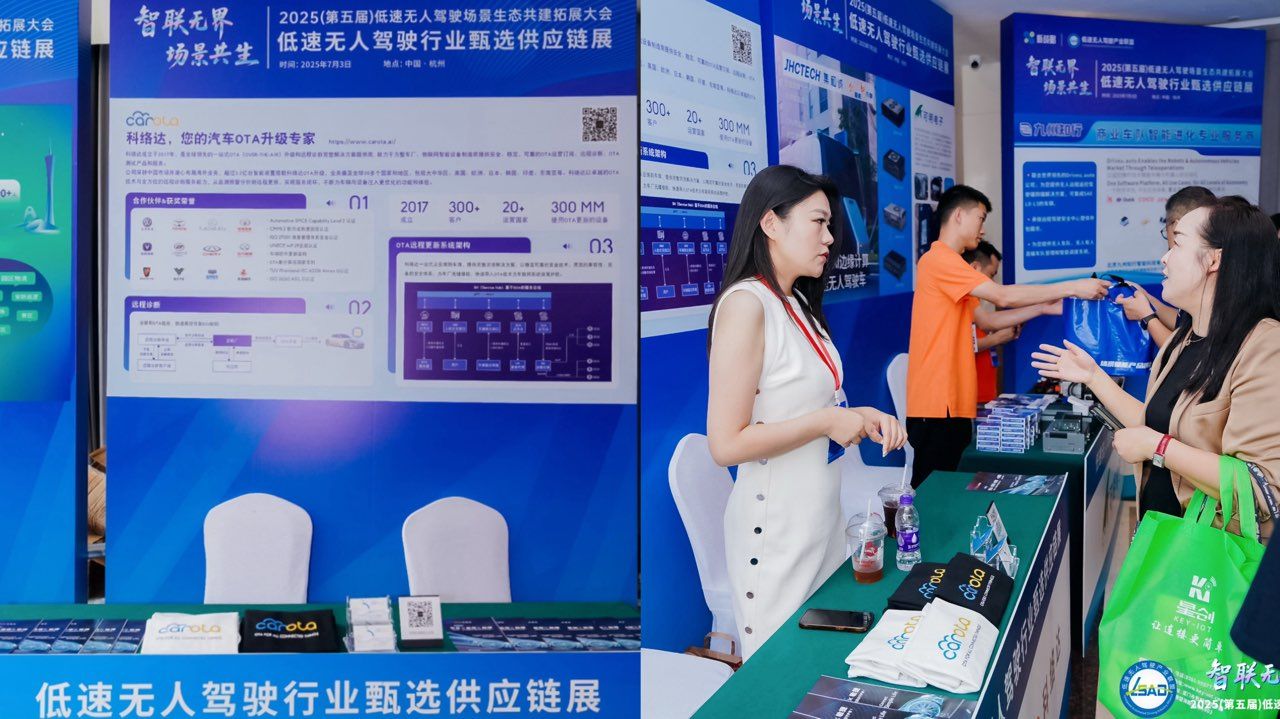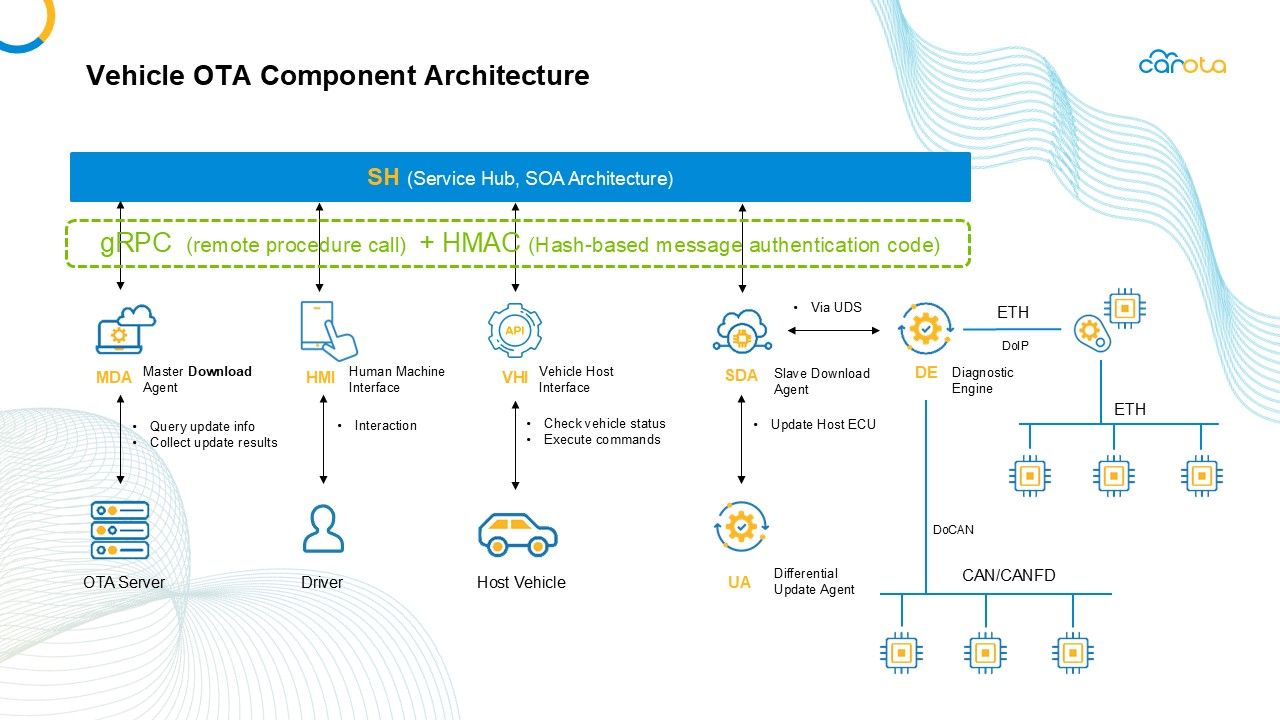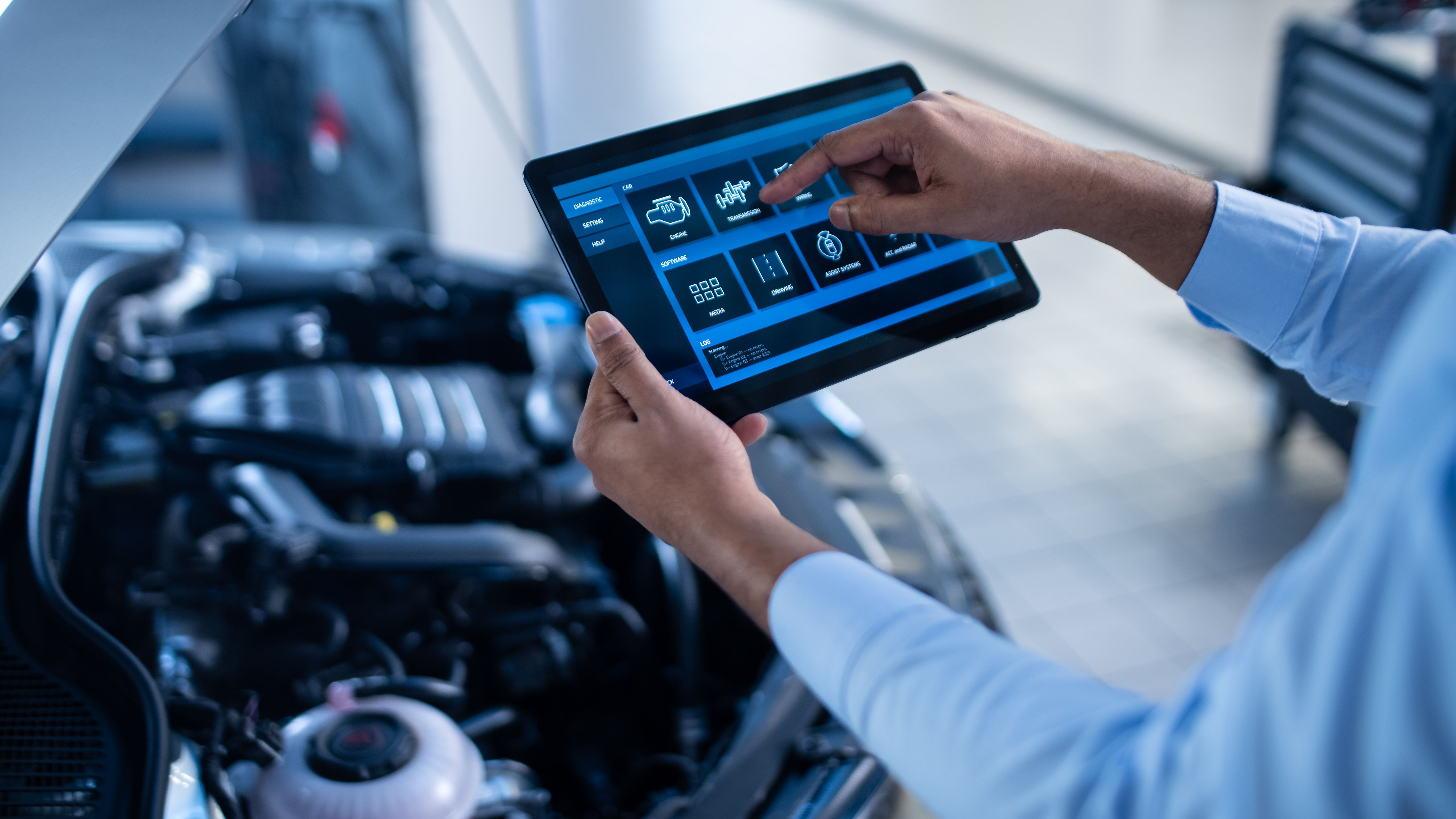Carota Shines at the Low-Speed Automated Driving Industry Alliance (LSAD). Empowering the Industry's Intelligent Transformation
On July 3rd, the "2025 (5th) Low-Speed Unmanned Driving Scenario Ecosystem Co-building and Expansion Conference," hosted by the Low-Speed Unmanned Driving Industry Alliance and organized by New Strategy Low-Speed Unmanned Driving All-Media and New Strategy Low-Speed Unmanned Driving Industry Research Institute, was grandly held in Hangzhou. This conference, themed "Intelligent Connectivity Without Boundaries, Scenario Co-existence," brought together top enterprises, industry experts, and ecosystem partners from the global low-speed unmanned driving sector to jointly explore innovative applications and commercialization paths for low-speed unmanned driving technology.
Low-speed unmanned vehicles have diverse application scenarios, ranging from park logistics and delivery, scenic spot shuttles, mining operations, to sanitation sweeping. Different scenarios have varying demands for vehicle functionalities.

Carota was invited to participate in the conference and introduced its Internet of Vehicles solutions to attendees and clients.

Carota's OTA technology provides low-speed unmanned vehicles with continuous evolution capabilities through seamless cloud updates. In logistics and delivery scenarios, it can instantly optimize path planning algorithms, allowing unmanned vehicles to dynamically adjust routes based on road conditions and orders, significantly improving delivery efficiency. In sanitation operations, it upgrades sweeping equipment control programs, enabling unmanned vehicles to flexibly adapt to different road surfaces, greatly enhancing sweeping coverage and cleanliness.

On the security front, facing potential risks like communication module vulnerabilities, Carota's OTA swiftly pushes security patches, building a robust defense against information leakage and malicious attacks, ensuring the safe operation of unmanned vehicles.
Regarding hardware potential maximization, OTA technology optimizes the battery management system through software iterations, precisely regulating charging and discharging strategies. This effectively slows down battery degradation, significantly reduces full lifecycle operating costs, and achieves a deep release of hardware value.
Carota's smart diagnostics can build a full lifecycle health management system for low-speed unmanned vehicles. Relying on sensors and wireless transmission technology, it collects real-time operational data from critical components such as motors, batteries, and tires, uploading it to the cloud to form a vehicle digital twin, providing second-level alerts for abnormal statuses. Based on AI and big data algorithms, it deeply analyzes data trends to predict potential faults like motor overheating or wear in advance, preventing issues before they occur. When a fault occurs, the system uses multi-dimensional data cross-diagnosis to precisely pinpoint problems with sensors, controllers, or mechanical components. Software faults trigger OTA remote repair, while hardware faults prompt a spare parts list and repair guidance, enhancing fault resolution efficiency and vehicle operational reliability.

With increasing policy support (e.g., various regions in China opening road rights for low-speed unmanned vehicles) and surging market demand (e.g., "last-mile" delivery pain points), low-speed unmanned driving is entering a boom period. In the next 3-5 years, "hardware standardization + algorithm scenario-based application" will become the industry's mainstream trend, and edge AI technology will be key to balancing safety and efficiency. We will continue to innovate and collaborate openly, helping low-speed unmanned driving transition from "demonstration operations" to "scaled commercialization," injecting new momentum into smart cities and low-carbon mobility.
